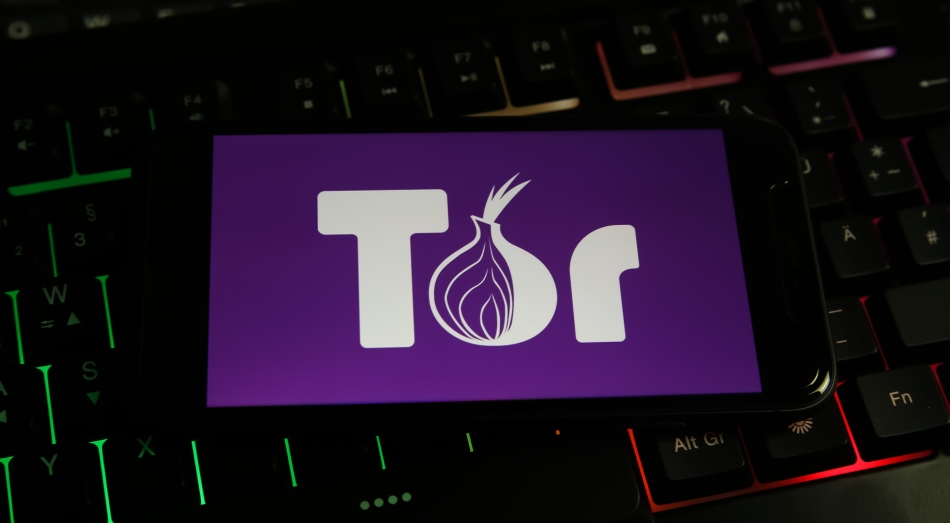
Access to the Mexican government’s main web portal via Tor has been restored after years of censorship, though some services remain inaccessible.
For more than a decade, users of the Tor anonymity network in Mexico were unable to access key government websites due to a sweeping block imposed across federal agencies. As of July 2025, this restriction has been partially reversed, with the country’s primary government portal, www.gob.mx, now accessible through Tor.
The development follows a long period of digital censorship that spanned two full six-year presidential terms, those of Enrique Peña Nieto and Andrés Manuel López Obrador, and continued into the early months of Claudia Sheinbaum Pardo’s current administration. Research conducted by Jacobo Nájera and Miguel Trujillo, published in October 2023, documented that 21 federal government agencies were blocking traffic from the Tor network, effectively excluding privacy-conscious users from vital public resources and services.
The Tor network, widely used to anonymize internet traffic and bypass censorship, supports an estimated 20,000 users in Mexico, according to the Tor Project. Its adoption in the country has been particularly important for journalists, civil society groups, and human rights defenders who rely on it to shield communications and protect whistleblowers. These communities have leveraged the network for anonymous dropboxes, investigative reporting, and digital security.
Ironically, the Mexican government itself previously recognized Tor’s value in the fight against corruption. During López Obrador’s tenure, the Ministry of the Civil Service operated a Tor-compatible whistleblower mailbox, backed by formal policy in the Official Gazette of the Federation, mandating confidentiality protections and anonymity for informants within the civil service.
Despite this, official access via Tor remained blocked. Under López Obrador, the government justified the move by claiming that Tor traffic posed security risks due to its inability to distinguish between legitimate and automated or malicious users. This blanket policy restricted access to gob.mx, the centralized platform aggregating information from numerous federal agencies.
Pavel Zoneff, spokesperson for the Tor Project, criticized the rationale behind the block, pointing out that modern web defenses allow for nuanced threat mitigation without resorting to full exclusion of Tor users. “Blocking entire sections of the internet based on the outdated belief that all traffic from the Tor network is indistinguishable or malicious is a mistake and puts people at risk,” he said, urging governments to explore more sophisticated defenses.
A notable shift occurred in May 2025 when Gabriela Ignacio Vázquez, Coordinator of Digital Infrastructure at Mexico’s Digital Transformation Agency, confirmed that no formal policy exists under the Sheinbaum administration to restrict Tor access to gob.mx. By July 5, researchers confirmed that the block had been lifted, allowing Tor users to reach the country’s main government portal once again.
However, the unblocking is only partial. As of November 2025, datos.gob.mx, the national open data platform, continues to block Tor users. Additionally, the former whistleblower mailbox that supported Tor access has been replaced by the SIDEC platform, which does not allow connections via the anonymity network, a rollback that may hinder secure reporting of corruption or abuse within the civil service.
If you liked this article, be sure to follow us on X/Twitter and also LinkedIn for more exclusive content.


